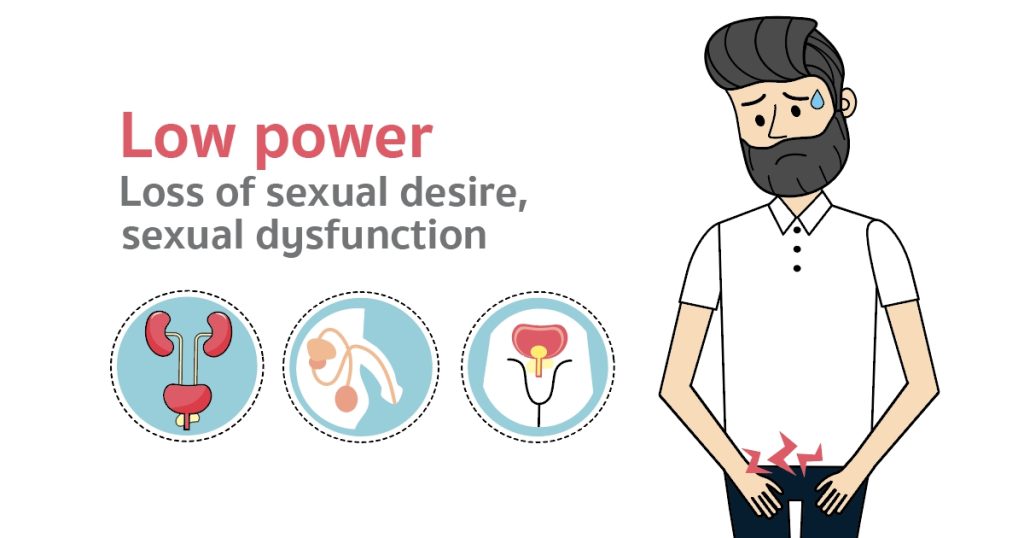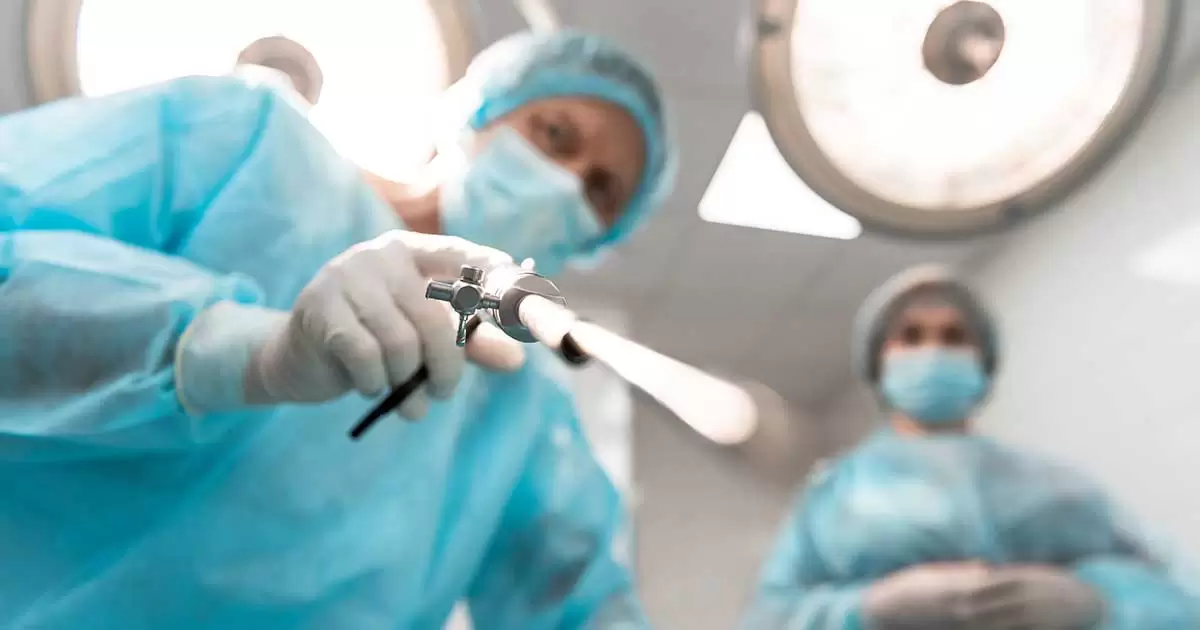
Penile implants are devices placed inside the penis to allow men with erectile dysfunction (ED) to get an erection. Penile implants are typically recommended after other treatments for ED fail.
There are two main types of penile implants, semirigid and inflatable. Each type of penile implant works differently and has various pros and cons.
The placement of penile implants requires surgery. Before choosing penile implants, make sure you understand what surgery involves, including possible risks, complications and follow-up care.
For most men, erectile dysfunction can be successfully treated with medications or use of a penis pump (vacuum constriction device). You might consider penile implants if you aren’t a candidate for other treatments or you can’t get an erection sufficient for sexual activity by using other methods.
Penile implants can also be used to treat severe cases of a condition that causes scarring inside the penis, leading to curved, painful erections (Peyronie’s disease).
Penile implants aren’t for everyone. Your health care provider might caution against penile implants if you have:
- An infection, such as a pulmonary infection or urinary tract infection
- Diabetes that isn’t well controlled or significant heart disease
While penile implants allow men to get an erection, they don’t increase sexual desire or sensation. Penile implants also won’t make your penis any larger than it is at the time of surgery. In fact, with an implant, your erect penis might seem slightly shorter than it used to be.
Risks of penile implant surgery include:
- Infection. As with any surgery, infection is possible. You might be at an increased risk of infection if you have a spinal cord injury or diabetes.
- Implant problems. New penile implant designs are reliable, but in rare cases the implants malfunction. Surgery is necessary to repair or replace a broken implant, but a broken device can be left in place if you don’t want another surgery.
- Internal erosion or adhesion. In some cases, an implant might stick to the skin inside the penis or wear away the skin from inside the penis. Rarely, an implant breaks through the skin. These problems are sometimes linked to an infection.
Treating an infection
- Infections after penile implant surgery typically occur within the first three months of surgery. Surgery to remove the implant often is necessary to treat an infection.
Initially, you’ll talk to your health care provider or a urologist about penile implants. During your visit, your health care provider will likely:
Review your medical history. Be prepared to answer questions about current and past medical conditions, especially your experience with ED. Talk about medications you take or have taken recently, as well as any surgeries you’ve had.
Do a physical exam. To make sure penile implants are the best options for you, your health care provider will do a physical exam, including a complete urologic exam. Your health care provider will confirm the presence and nature of ED, and make sure that your ED can’t be treated in another way.
Your provider may also try to determine whether there’s a reason that penile implant surgery is likely to cause complications. Your health care provider will also examine your ability to use your hands, since some penile implants require greater manual dexterity than others.
Discuss your expectations. Make sure you understand what the procedure involves and the type of penile implant that suits you best. Remember that the procedure is considered permanent and irreversible.
Your health care provider will also explain the benefits and risks, including potential complications. Ideally, you’ll include your partner in the discussion with your health care provider.
There are two main types of penile implants:
- Inflatable implants. Inflatable devices, the most common type of penile implant, can be inflated to create an erection and deflated at other times. Three-piece inflatable implants use a fluid-filled reservoir implanted under the abdominal wall, a pump and a release valve placed inside the scrotum, and two inflatable cylinders inside the penis.To achieve an erection, you pump the fluid, which is salt water, from the reservoir into the cylinders. Afterward, you release the valve inside the scrotum to drain the fluid back into the reservoir.
- Semirigid rods. Semirigid devices are always firm. The penis can be bent away from the body for sexual activity and toward the body for concealment.A positionable penile implant is a semirigid device with a central series of segments held together with a spring on each end. It can maintain upward and downward positions better than other semirigid rods can.
Other special designs can fit a shortened penis or one that’s larger than average. Inflatable penile implants are also available with antibiotic coatings, which might help reduce the risk of infection, and coatings to reduce friction, possibly lengthening the life of the implant.
Before the procedure
Penile implant surgery is usually done at a surgery center or hospital. Your health care provider might give you medication to make you unconscious during the surgery (general anesthesia) or medication that blocks pain in the lower part of your body (spinal anesthesia).
Your health care provider will give you IV antibiotics to help prevent infection. The surgery site will also be washed with an alcohol-based antibiotic solution and shaved before surgery to reduce the risk of infection.
During surgery
A tube (catheter) might be inserted into your bladder via your penis to collect urine at some point during surgery. Your surgeon will make an incision below the head of the penis, at the base of the penis or in the lower abdomen.
Next, your surgeon will stretch the spongy tissue in the penis that would normally fill with blood during an erection. This tissue is inside each of two hollow chambers called the corpora cavernosal.
Your surgeon will choose the correct size implant and place the implant cylinders inside your penis. All sizes are customized to your body measurements.
Once the device is in place, your surgeon will sew the incisions closed. Penile implant surgery usually takes 2 hours.
After surgery
After penile implant surgery, you’ll likely need to take medications to ease pain. Often a long-acting injection is given into the scrotum to help reduce pain for 48 to 72 hours. Mild pain might persist for several weeks. You might be given an antibiotic to be taken by mouth for a week.
Ask your health care provider when you can resume your regular activities. Most men can resume strenuous physical activity and sexual activity about 4 to 6 weeks after surgery.
After you learn how to use the device, usually 3 to 6 weeks after surgery, your health care provider might recommend inflating and deflating inflatable penile implants to give you practice using them and stretch the area surrounding the cylinders.
Although penile implants are the most invasive treatment for erectile dysfunction, most men who have them and their partners report satisfaction with the devices. In fact, penile implants have the highest rate of satisfaction of all erectile dysfunction treatments.
Share :
Related Articles
Related Doctors

| Urological Surgery |

| Urological Surgery |












